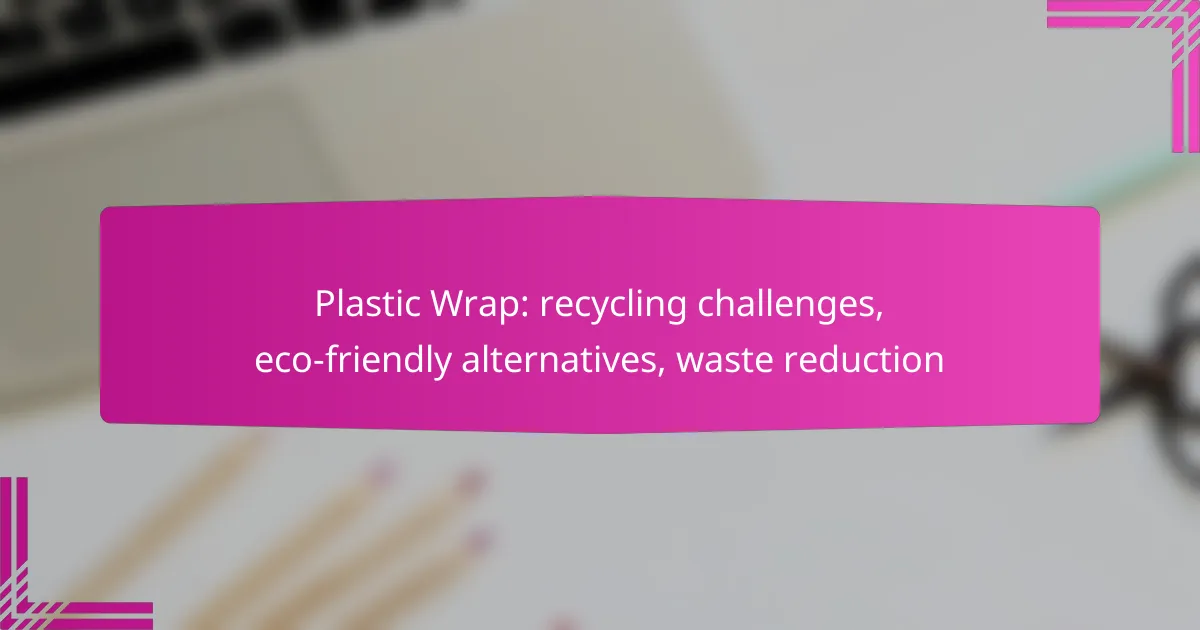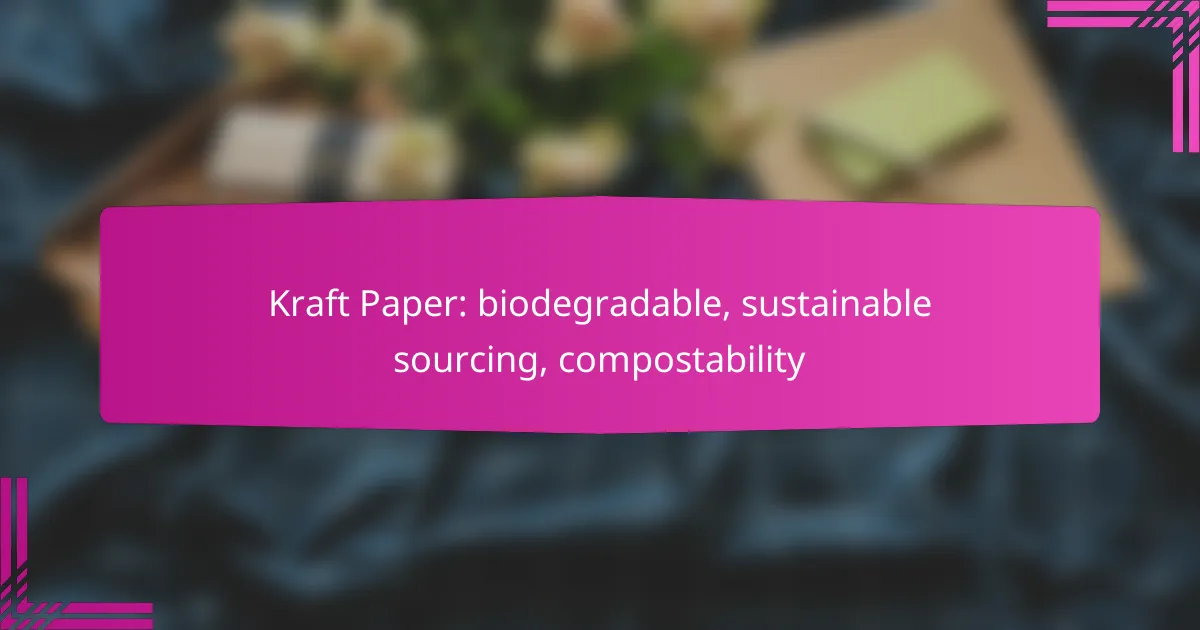Plastic wrap poses significant recycling challenges due to limited facilities, contamination issues, and fluctuating market demand, leading to increased environmental waste. However, eco-friendly alternatives such as beeswax wraps, silicone covers, and compostable options offer effective solutions for food storage while minimizing ecological impact. By adopting mindful practices and reducing reliance on single-use plastics, consumers can play a crucial role in waste reduction and support sustainable choices.
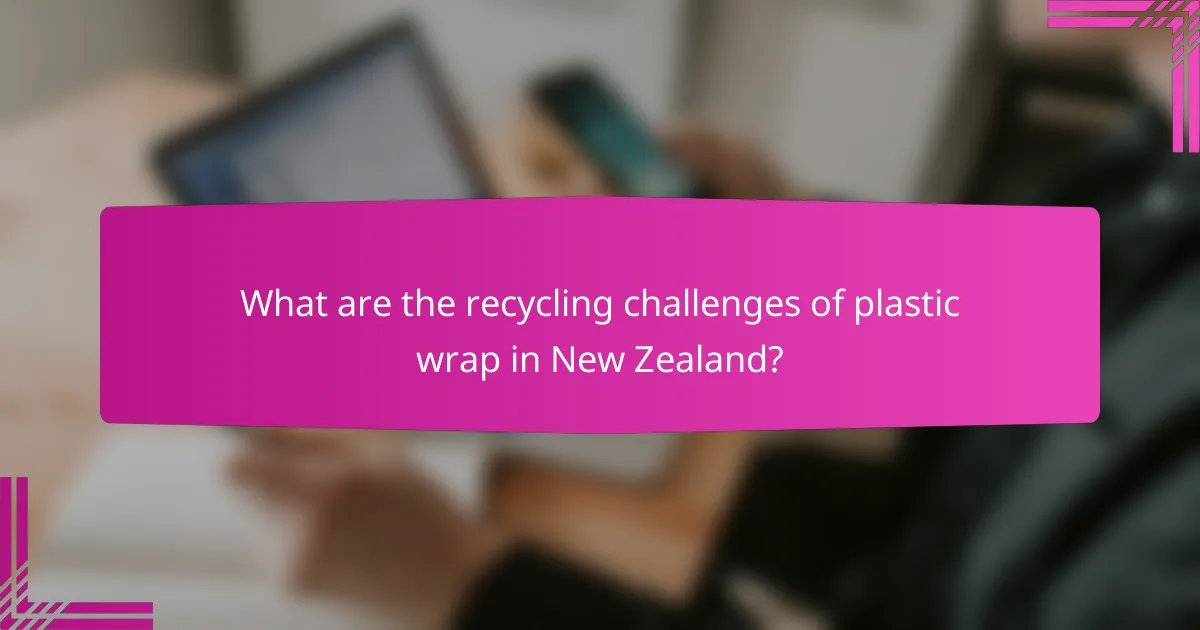
What are the recycling challenges of plastic wrap in New Zealand?
The recycling challenges of plastic wrap in New Zealand stem from limited facilities, contamination issues, and fluctuating market demand for recycled materials. These factors hinder effective recycling processes and contribute to environmental waste.
Limited recycling facilities
New Zealand has a limited number of recycling facilities equipped to handle plastic wrap. Many local councils do not accept plastic film in their curbside recycling programs, which means that consumers often have no convenient options for recycling this material.
As a result, much of the plastic wrap used in households ends up in landfills. Increasing the number of facilities capable of processing plastic wrap is essential for improving recycling rates.
Contamination issues
Contamination is a significant challenge for recycling plastic wrap. When plastic film is mixed with food waste or other materials, it becomes unsuitable for recycling. Even small amounts of residue can lead to entire batches being rejected.
To mitigate contamination, consumers should ensure that plastic wrap is clean and dry before attempting to recycle it. However, due to the nature of its use, achieving this can be difficult.
Market demand for recycled materials
The market demand for recycled plastic wrap is inconsistent, which affects recycling efforts. Many manufacturers prefer virgin materials due to lower costs and higher quality, making it challenging for recycled plastic to compete.
Encouraging the use of recycled materials in production can help create a more stable market. Consumers can support this by choosing products made from recycled plastic and advocating for policies that promote recycling initiatives.
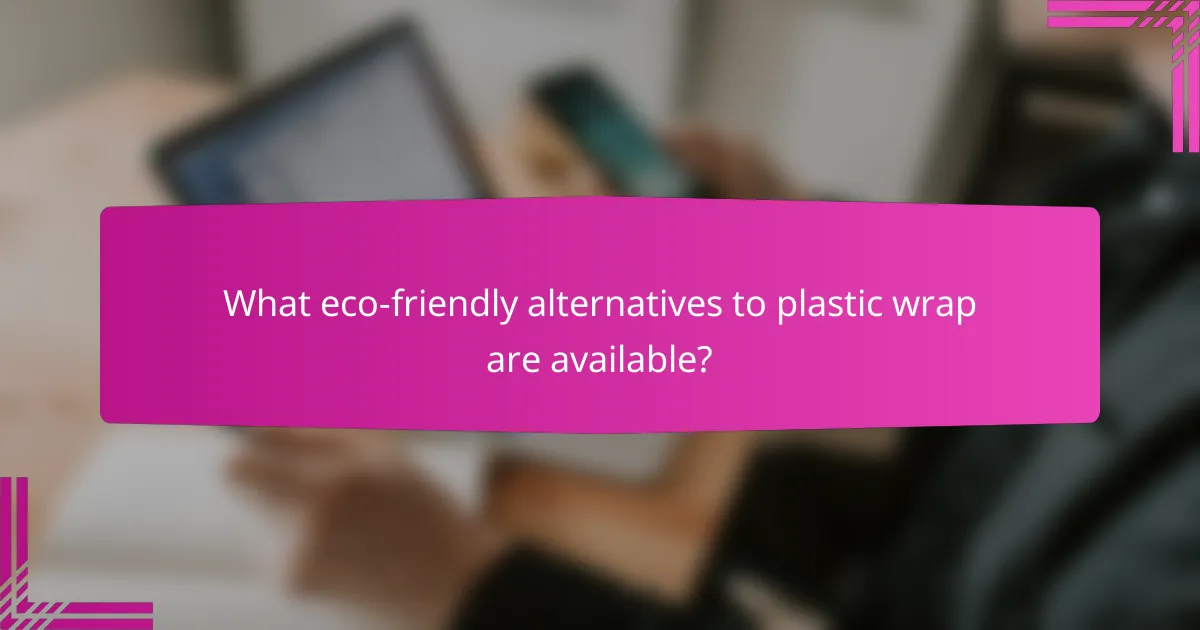
What eco-friendly alternatives to plastic wrap are available?
Several eco-friendly alternatives to plastic wrap can help reduce waste and environmental impact. Options like beeswax wraps, silicone food covers, and compostable wraps provide effective solutions for food storage without the downsides of traditional plastic.
Beeswax wraps
Beeswax wraps are made from organic cotton infused with beeswax, tree resin, and jojoba oil. They are reusable, breathable, and can keep food fresh for a longer time compared to plastic wrap. Simply mold the wrap around food or containers using the warmth of your hands.
To maintain their effectiveness, wash beeswax wraps in cold water with mild soap and avoid using them with raw meat or hot foods. They typically last for about a year with proper care, making them a sustainable choice for food storage.
Silicone food covers
Silicone food covers are flexible, reusable lids that can stretch over various container sizes. They create an airtight seal, helping to keep food fresh while being dishwasher and microwave safe. Silicone covers are available in multiple sizes and colors, making them versatile for different storage needs.
While silicone is durable and long-lasting, it is essential to choose high-quality, food-grade silicone to ensure safety. Unlike plastic wrap, silicone covers can withstand high temperatures, making them suitable for both hot and cold food items.
Compostable wraps
Compostable wraps are made from plant-based materials, such as cornstarch or cellulose, and break down in composting conditions. These wraps provide a similar function to plastic wrap but without contributing to landfill waste. They are often certified compostable, ensuring they meet specific environmental standards.
When using compostable wraps, check local composting regulations to ensure they can be processed in your area. These wraps are typically single-use, so consider combining them with other reusable options for a more sustainable approach to food storage.
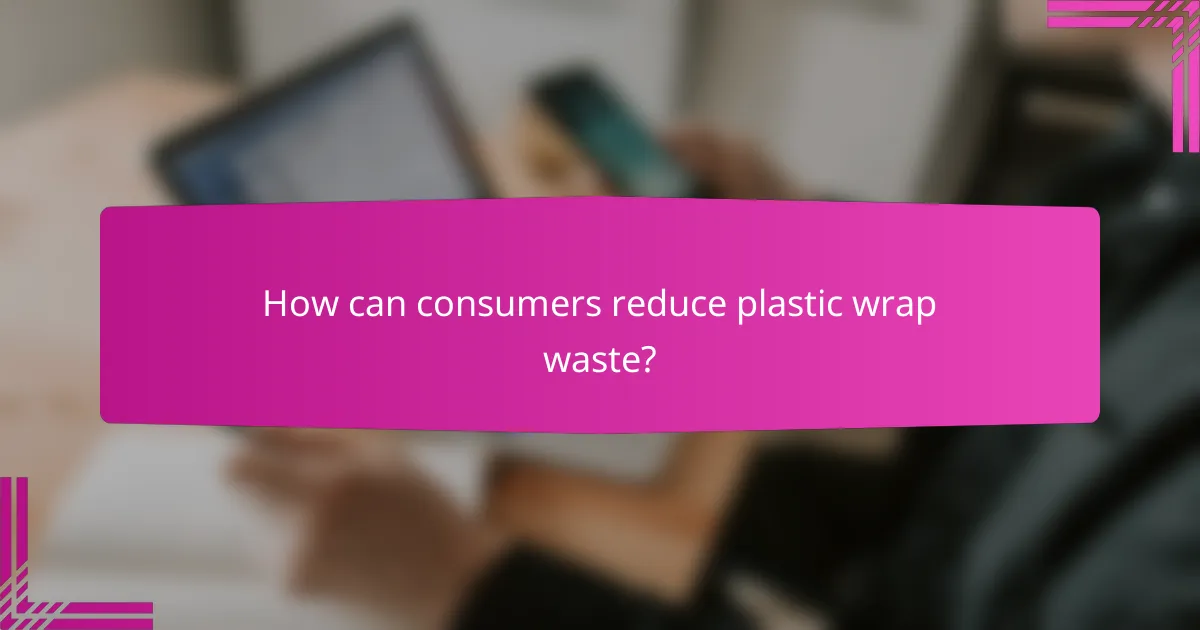
How can consumers reduce plastic wrap waste?
Consumers can significantly reduce plastic wrap waste by adopting simple practices that minimize reliance on single-use plastics. By making conscious choices in food storage and purchasing habits, individuals can contribute to waste reduction and support eco-friendly alternatives.
Use reusable containers
Switching to reusable containers is one of the most effective ways to cut down on plastic wrap usage. Glass, stainless steel, and BPA-free plastic containers can be used for storing leftovers, packing lunches, and organizing pantry items.
Consider investing in a variety of sizes to accommodate different food types. Look for containers with airtight seals to keep food fresh without needing plastic wrap.
Opt for bulk purchases
Buying in bulk can help reduce the need for plastic wrap by minimizing packaging waste. When purchasing items like grains, nuts, or snacks, choose bulk bins or larger packages that use less plastic overall.
Bring your own reusable bags or containers to fill up on bulk items, which not only reduces plastic waste but can also save money in the long run. Many stores offer discounts for bulk purchases, making this an economical choice as well.
Practice meal prepping
Meal prepping involves preparing meals in advance, which can significantly reduce the need for plastic wrap. By planning meals and portioning them into reusable containers, you can avoid single-use plastics altogether.
Set aside a few hours each week to cook and portion out meals for the upcoming days. This practice not only saves time but also helps in managing food waste and encourages healthier eating habits.

What are the criteria for selecting eco-friendly food storage options?
When selecting eco-friendly food storage options, consider material sustainability, durability and reusability, and cost-effectiveness. These criteria help ensure that the products you choose minimize environmental impact while providing practical benefits.
Material sustainability
Material sustainability refers to the environmental impact of the raw materials used in food storage products. Look for options made from renewable resources, such as glass, stainless steel, or biodegradable plastics. Avoid products made from petroleum-based materials, which contribute to pollution and resource depletion.
Additionally, check for certifications like the Forest Stewardship Council (FSC) label for wood products or compostability certifications for biodegradable options. These labels indicate a commitment to sustainable sourcing and production practices.
Durability and reusability
Durability and reusability are critical factors in reducing waste. Choose food storage solutions that can withstand repeated use without degrading, such as glass containers or silicone wraps. These materials not only last longer but also reduce the need for single-use plastics.
For instance, glass containers can be used for years and are often dishwasher and microwave safe, making them a practical choice for daily use. In contrast, single-use plastic wraps contribute significantly to landfill waste and are less environmentally friendly.
Cost-effectiveness
Cost-effectiveness involves evaluating the long-term savings associated with eco-friendly food storage options. While initial costs may be higher for sustainable materials, their durability often leads to lower overall expenses. For example, investing in a high-quality stainless steel container may save money over time compared to repeatedly purchasing disposable plastic wraps.
When comparing options, consider the total cost of ownership, including replacement frequency and potential health benefits. Products that are safer for food storage can also prevent costly health issues associated with harmful chemicals found in some plastics.

What are the emerging trends in plastic wrap alternatives?
Emerging trends in plastic wrap alternatives focus on innovative materials and increased consumer awareness. These developments aim to reduce environmental impact while providing effective food preservation solutions.
Innovative biodegradable materials
Biodegradable materials, such as plant-based films made from corn starch or cellulose, are gaining traction as alternatives to traditional plastic wrap. These materials break down more easily in composting environments, reducing landfill waste. For example, brands like Bee’s Wrap use organic cotton infused with beeswax to create a reusable and compostable option.
Another promising alternative is mycelium-based wraps, which utilize the root structure of fungi. These wraps are not only biodegradable but also provide natural antimicrobial properties, making them suitable for food storage. As production techniques improve, the availability and affordability of these materials are expected to increase.
Consumer awareness campaigns
Consumer awareness campaigns are crucial in promoting the adoption of plastic wrap alternatives. Organizations and brands are educating the public about the environmental impacts of single-use plastics and the benefits of switching to sustainable options. Campaigns often include social media initiatives, workshops, and informational resources to engage consumers.
Many campaigns emphasize the importance of reducing plastic waste and encourage individuals to choose alternatives like reusable silicone bags or beeswax wraps. By highlighting the environmental benefits and practical uses of these products, awareness campaigns aim to shift consumer behavior towards more sustainable practices.
